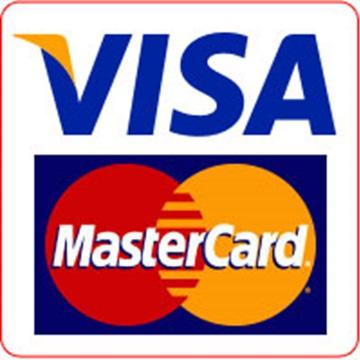Welcome to a new Tools of the Trade series: Assistive Technology! In this series, we’ll look at various devices and software that have helped drive innovation and inclusion in the world of technology. Assistive technology enables and promotes inclusion and participation, especially of people with disabilities, aging populations, and people with non-communicable diseases.
“The primary purpose of assistive products is to maintain or improve an individual’s functioning and independence, thereby promoting their well-being. WHO estimates that today 2.5 billion people need one or more assistive products such as wheelchairs, hearing aids, or apps that support communication and cognition. With a global ageing population and a rise in noncommunicable diseases, this number will rise beyond 3.5 billion by 2050, with many older people needing two or more products as they age.” (WHO)
In this month’s article, we’ll be looking at the first of these assistive technologies, Screen Readers, and how they make the digital experience better for people with limited or low vision.
What are screen readers?
Screen readers are a type of software that turns digital content into speech (a feature commonly referred to as “text-to-speech”).
This is beneficial for users who may not be able to see content on a screen, or users who prefer to hear content instead of reading it, such as users with dyslexia or other cognitive needs. Screen readers can read everything that appears on a web page word by word, line by line, or via important navigational landmarks such as headings. A screen reader can also tell the user if they’re in a menu, on a link, or even in a table.
Screen readers can also describe what an image looks like by way of alternative (or “alt”) text. For instance, alt text for the image below might read something like, “An aerial view of the Risman Plaza Fountain, bustling with students.” It might not be quite as good as being able to see the image itself, but it helps users who can’t see the image better understand what others might be seeing within the context of the rest of the page.

In another example, alt text can help users better understand what their payment options are. Although alt text that says “Credit card logos” is technically correct, “Visa and Mastercard accepted” gives the user more meaningful information about what payment types an online store supports.

How are screen readers used?
Screen reader software comes built-in to most modern devices and operating systems, but they can also be downloaded separately or added as extensions in some browsers. Some of the most popular screen readers include JAWS, NVDA, VoiceOver, and ChromeVox.
Using screen readers on desktop computers
On desktop computers such as PC or Mac, most screen reader users navigate using a combination of the screen reader software and a keyboard. Screen readers enable special shortcut keys on a keyboard to enable users to quickly jump to different types of content on a page, or choose how they want to navigate.
Some common keyboard controls include:
| KEY | ACTION |
|---|---|
| DOWN ARROW | Read the next word or line |
| UP ARROW | Read the previous word or line |
| TAB | Jump to the next interactive element |
| SHIFT+TAB | Jump to the previous interactive element |
| ENTER/SPACE | Activate an interactive element, such as a link or button |
| H | Jump to the next heading |
Using screen readers on mobile devices
On mobile devices such as iPhone or Android, most screen reader users navigate using gestures and screen taps. Performing certain gestures on a phone screen enables users to navigate mobile content similarly to how they would with a desktop screen reader.
Some common gestures include:
| GESTURE | ACTION |
|---|---|
| SWIPE RIGHT | Read the next word or line |
| SWIPE LEFT | Read the previous word or line |
| TWO/THREE-FINGER SWIPE DOWN | Scroll the screen up |
| TWO/THREE-FINGER SWIPE UP | Scroll the screen down |
| DOUBLE-TAP | Activate an interactive element, such as a link or button |
| DRAG A FINGER ACROSS THE SCREEN | Explore by touch |
Go into the accessibility settings of your favorite computing or mobile device to try these out for yourself!
How can we make the digital experience better for screen reader users?
The most important thing you can do to improve a screen reader user’s digital experience is to design and create digital content that is “screen reader ready.” This includes helpful things like:
- Adding descriptive alternative (“alt”) text to your images
- Using proper heading styles and tags to make content more navigable
- Give form fields and form controls proper labels
- Ensure that information shown visually (graphs, charts, etc.) can be relayed to the user via text
- Avoid using things like Tables for your page layout instead of organizing data
- Avoid the use of embedded widgets or applications like Flipbooks (or “page turners”) – these are often not accessible and can difficult (or even impossible) for screen reader users to read and navigate
Explore some of our helpful web resources below to learn about more ways to make the digital experience for screen reader users as inclusive and welcoming as possible.
Resources for creating a great digital experience for screen reader users
- Kent State's Resources for Writing Accessible Code
- Website Accessibility Examples
- Designing for Screen Reader Compatibility (WebAIM)
- "I Used The Web For A Day Using A Screen Reader" (Chris Ashton, Smashing Magazine)
We hope that you’ve found this article on screen readers informative and interesting, and we can’t wait to share more about assistive technology with you next edition of Inside Equal Access!
